Sales Leadership Shifts: Redefining the Competitive Landscape in the Auto Market
![]() 04/14 2025
04/14 2025
![]() 352
352
In March 2025, China's auto market underwent a significant structural transformation, marked by two pivotal developments. Firstly, SAIC Motor reclaimed the domestic sales crown with 385,700 vehicles sold, surpassing BYD's 377,400 units and regaining the top spot after a year. Secondly, Leapmotor emerged as the sales leader among new energy vehicle (NEV) startups, edging out Lixiang by selling 37,100 vehicles compared to Lixiang's 36,700.
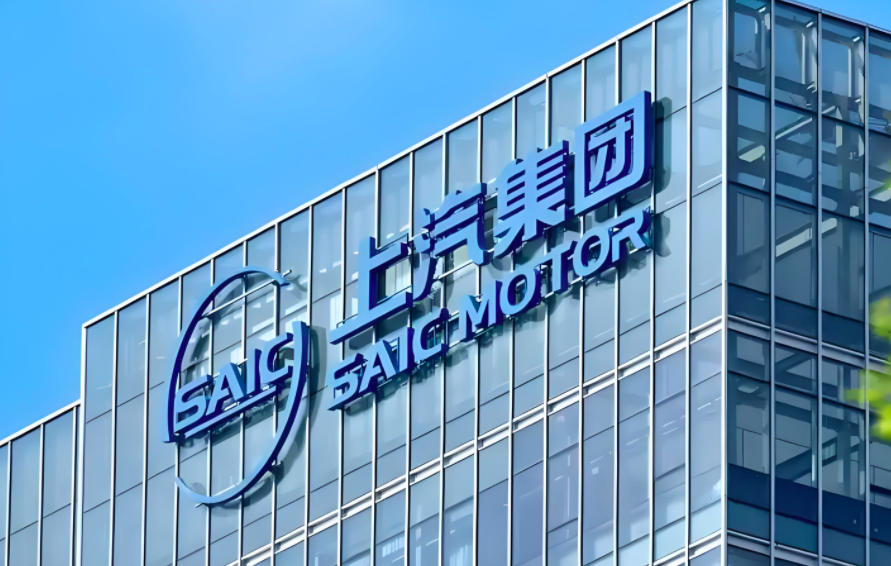
Notably, SAIC's NEV sales soared to 125,700 units in a single month, representing a 48.22% year-on-year increase, with independent brands accounting for 63.6% of sales in the first quarter.
These shifts compel a reevaluation of SAIC Motor and Leapmotor's competitiveness. Some view these changes as temporary market fluctuations, while others see them as indicative of a complex and dynamic automotive competitive landscape. Familiar traditional brands may rejuvenate, while seemingly thriving startups could falter. Regardless, amidst the auto market's transformative phase, there are no set rules for competition. An open-minded approach to these changes is imperative.
SAIC Motor Regains Prominence
The March production and sales report revealed that SAIC Motor sold 385,742 vehicles, a modest 1.14% year-on-year increase, surpassing BYD by 8,322 units. This marked a successful counterattack against BYD, which had led under wholesale sales criteria since June 2024.
Previously, BYD consistently outperformed SAIC Motor. However, March 2025 saw SAIC Motor reclaim its position as China's leading automaker.
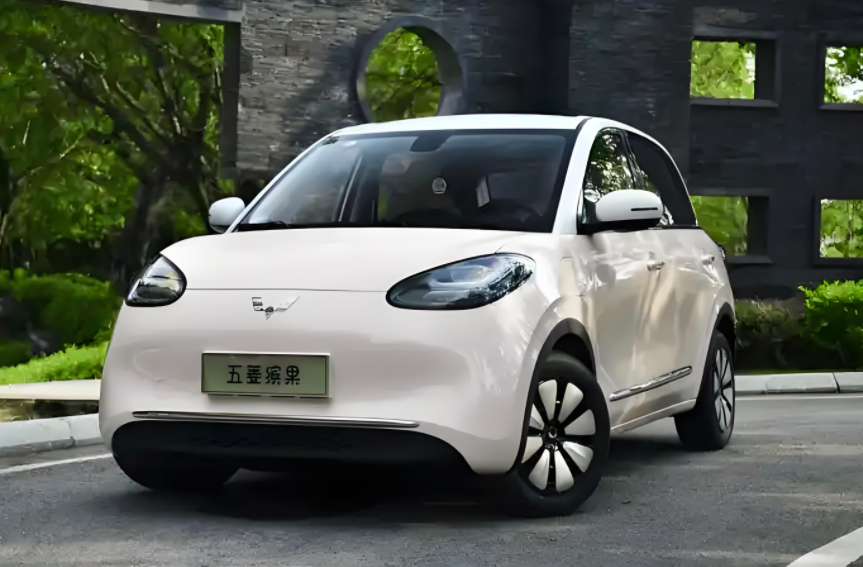
Within SAIC, SAIC-GM-Wuling showed the most robust growth, selling 148,000 vehicles in March, a 29.81% year-on-year increase. SAIC's "large passenger vehicle segment" also thrived, with Roewe and Feifan brands experiencing a 40.6% year-on-year and 38.2% month-on-month retail sales increase in March. The DMH series products of Roewe Feifan brand continued to sell well, with the D7 DMH seeing a 34% month-on-month increase, the D5X DMH a robust 179% month-on-month increase, and the iMAX8 DMH a significant 359% month-on-month increase. Additionally, SAIC's MG brand achieved impressive results, with monthly retail sales exceeding 10,000 units in March, a year-on-year increase of 82.6%. Cumulative retail sales reached 25,839 units in the first quarter, a year-on-year increase of 13.1%, with market share expected to rise by 6.64%.
Among joint venture brands, SAIC Volkswagen sold 90,000 vehicles in March, while SAIC-GM sold 43,000.
SAIC Motor's cumulative NEV sales reached 125,700 units.
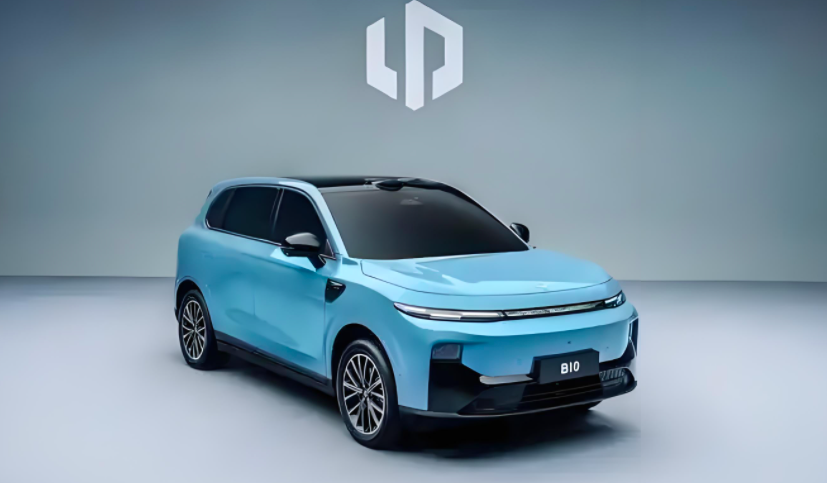
Simultaneously, the status quo among NEV startups was disrupted. With 37,095 vehicles delivered in March, a 154.65% year-on-year and 46.70% month-on-month increase, Leapmotor topped the list of NEV startups, displacing Lixiang from its sole leadership position. In the first quarter, Xiaopeng led NEV startups with 94,000 new vehicle deliveries, a 331% year-on-year increase.
Leapmotor, known as the "half-price Lixiang," employs similar strategies as Lixiang Auto for appliances and extended-range powertrains but at lower prices. Since last year, it has demonstrated strong upward momentum, with monthly deliveries reaching 42,517 units in December 2024, surpassing 40,000 units for two consecutive months, a 128% year-on-year and 5.8% month-on-month increase. Cumulative deliveries in 2024 neared 300,000 units, surpassing the annual target.
Entering 2025, Leapmotor maintained its rapid growth, with cumulative sales reaching 87,600 units in the first quarter.
Lixiang Auto delivered 36,674 vehicles in March, a 26.5% year-on-year increase but fell behind Leapmotor. Xiaopeng Auto, ranking third, delivered 33,205 vehicles. The narrow 4,000-unit gap between Leapmotor and Xiaopeng underscores the minimal differences among brands.
This underscores the intense competition among brands!
No Competitor Can Be Overlooked
Currently, China's NEV market is characterized by the "upset of low-priced vehicles." Xiaopeng and Leapmotor have successfully turned the tide with cost-effective offerings. Data shows that from January to February 2025, sales of NEVs priced below 100,000 yuan increased by 94% year-on-year, while sales in the market above 300,000 yuan declined by nearly 20%, indicating a shifting market structure.
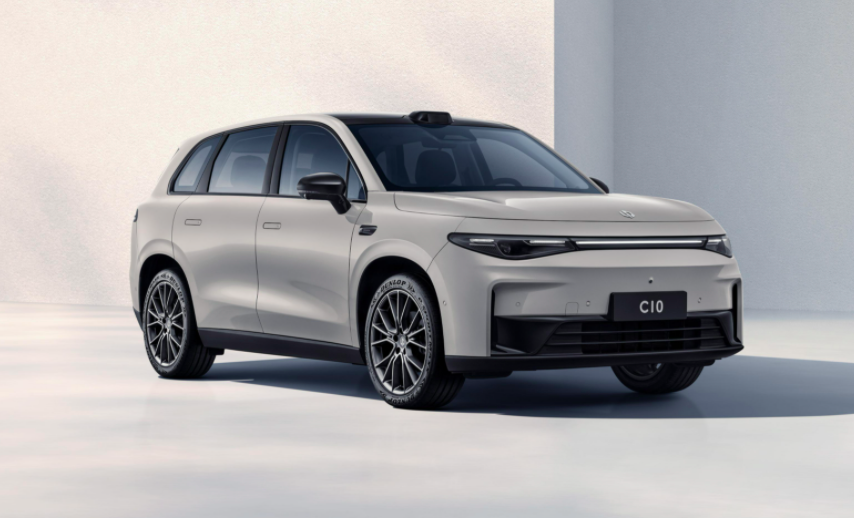
Leapmotor's leadership among NEV startups in March was primarily driven by its affordable pricing. The average unit price fell to 109,500 yuan in 2024 (from 116,200 yuan in 2023), with a gross margin of only 8.4%, lower than Lixiang's 20.5% and Xiaopeng's 14.3%.
Leapmotor's main model, the C10, priced at 120,000 yuan and equipped with LiDAR, is comparable in size to the Lixiang L7. Dubbed the "half-price Lixiang L7" by consumers, it has captured a significant share of the extended-range market. To achieve 500,000 unit sales in 2025, Leapmotor will rely on its B series, including the B10 (priced between 100,000 and 150,000 yuan) launching in April, followed by B01 and B05, all emphasizing cost-effectiveness.
Xiaopeng Auto's recent surge can be attributed to its two affordable models: the 100,000-yuan MONA M03 launched in August 2024 and the 180,000-yuan P7+ derived from the P7. The newly launched G6 and G9 models in March further emphasize affordability: the former starts at 176,800 yuan, cheaper than the P7+, while the new G9 adds rear-wheel steering but at a reduced price of 20,000 yuan. By offering "high configuration at low prices," Leapmotor and Xiaopeng are attracting more price-sensitive consumers.
The 100,000-200,000 yuan and below 100,000 yuan segments, once dominated by independent brands like Geely, BYD, and Wuling, now include Leapmotor and Xiaopeng.
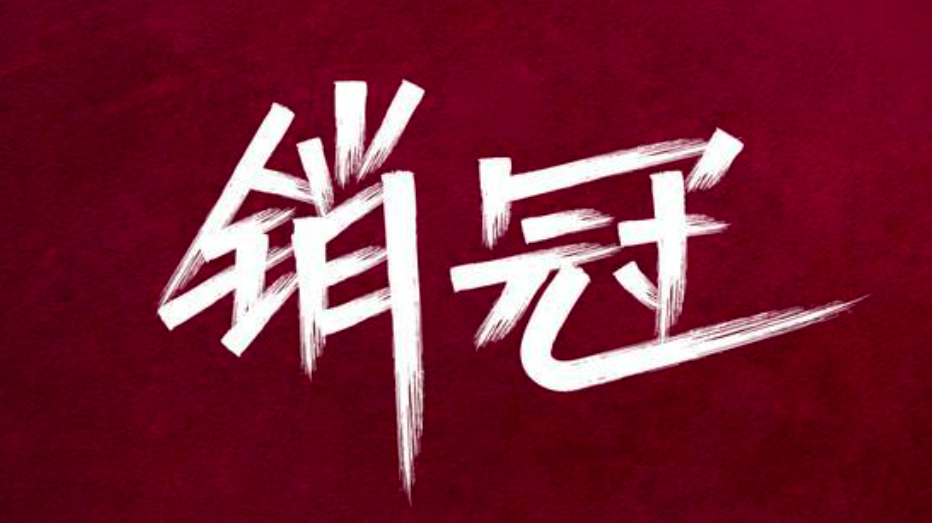
In the battle for the top spot between SAIC Motor and BYD, other formidable contenders cannot be ignored. For instance, Geely Automobile sold 232,177 vehicles in March 2025, a 54% year-on-year increase. Notably, Geely's Yinhe brand sold 90,032 vehicles, a 290% year-on-year increase, indicating its potential to meet its annual sales target of one million units. Who can deny Geely's potential to become China's auto sales leader?
It's worth noting that Geely has previously been the "leader of independent brands."
Chery also maintained high growth, selling 214,800 vehicles in March 2025, a 18.3% year-on-year increase. Additionally, Chery Group exported 86,414 vehicles, accounting for 40.2% of its monthly sales.
In this ever-evolving market, no competitor can be overlooked.
People's Car Reviews
This is the most captivating aspect of China's auto market: no one stays at the top forever, and new challengers continuously strive for breakthroughs. Whether traditional giants or NEV startups, all must closely follow market rhythms and maintain long-term core competitiveness to outpace their rivals.






